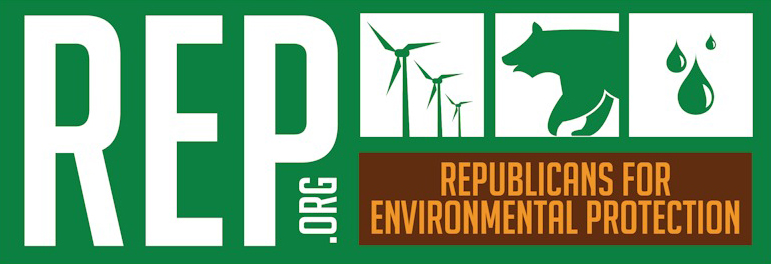What’s happening to our forests?
By JIM DIPESO, REP Policy Director
AN HISTORICAL DOCUMENT: Letter to the editor of the Great Falls (MT) Tribune, September 19, 2003
xx
Drought, fires, bugs — what’s happening to our Western forests?
Arguments between conservationists and the wood products industry over forest management have largely failed to educate the public about the largest threat forests face in the 21st century: global warming.
One of the likely consequences of adding carbon dioxide to the atmosphere is amplification of weather patterns: hotter hot spells, wetter rainstorms, and drier droughts. As droughts persist and soils lose moisture, forests will be more susceptible to fire. Drought-stressed trees with weaker defenses will be more vulnerable to insect attacks. As temperatures rise, forest pests will survive milder winters and expand their ranges.
Conservationists and the wood products industry will continue arguing about the merits of tree thinning. But all the tree thinning in the world won’t do a thing to stabilize the global climate. Everyone who cares about America’s forests should press the federal government to take meaningful action to deal with global warming. We need to raise our voices in support of policies promoting energy efficiency and energy resources, such as wind, that don’t dump more carbon into the atmosphere.
Return to THINGS WE FIGHT FOR
Return to HIGH-QUALITY PUBLIC LAND
Return to NATIONAL FORESTS
Return to top of page
